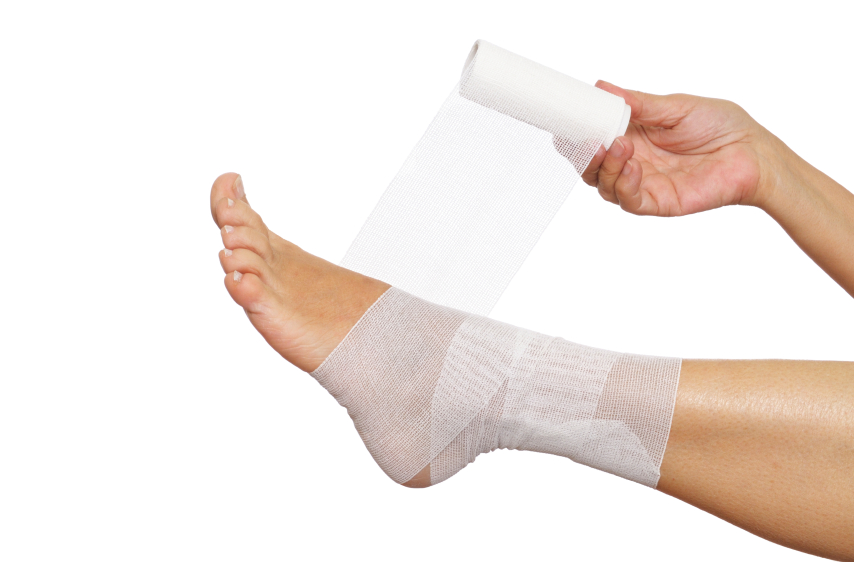
Definition
Ankle sprain is the result of stretching and/or tearing of ligaments that join the ankle bones together. They are usually an acute injury with the lateral (outside) ligament more commonly injured than the medial (inside) ligament.
The mechanism of injury usually involves landing on a foot that is pointing downwards and inwards (plantarflexed and inverted), causing damage to the lateral ligaments (ATFL). This usually occurs when running on uneven terrain, stepping in a hole, stepping on another person’s foot when landing from a jump in an unbalanced position. Occasionally but less commonly, the foot can twist outwards damaging the medial ligaments.
The extent of the damage depends on the direction and amount of forces applied to the foot and the position of the foot and ankle during the incident. Ankle injuries are usually classified as Grade 1 (mild), Grade 2 (moderate) and Grade 3 (severe).
- Immediate swelling (depending on severity), pain and tenderness.
- Loss of ankle range of motion
- Joint instability
- Difficulty weight bearing
- RICE every 3-4 hours,especially in the first 24 hours following injury
- R- rest or stop activity immediately to prevent further injury and damage
- I – ice area for 20mins every 2 hours for first 48 hours to reduce pain and swelling
- C- compression during and after ice application with a firm bandage around the ankle to provide support and reduce swelling
- E- elevate the ankle above heart level to decrease blood flow to the injured area, thus reducing swelling
- DO NOT APPLY heat, alcohol, run or massage as all these increase blood flow bleeding and swelling to the injured ankle and have the potential to delay healing
- Weight bearing as tolerated and crutches if required
- Gentle stretching and range of motion as tolerated
- Strengthening exercises
- Proprioception activities (balance board etc) to improve stability of the ankle joint

